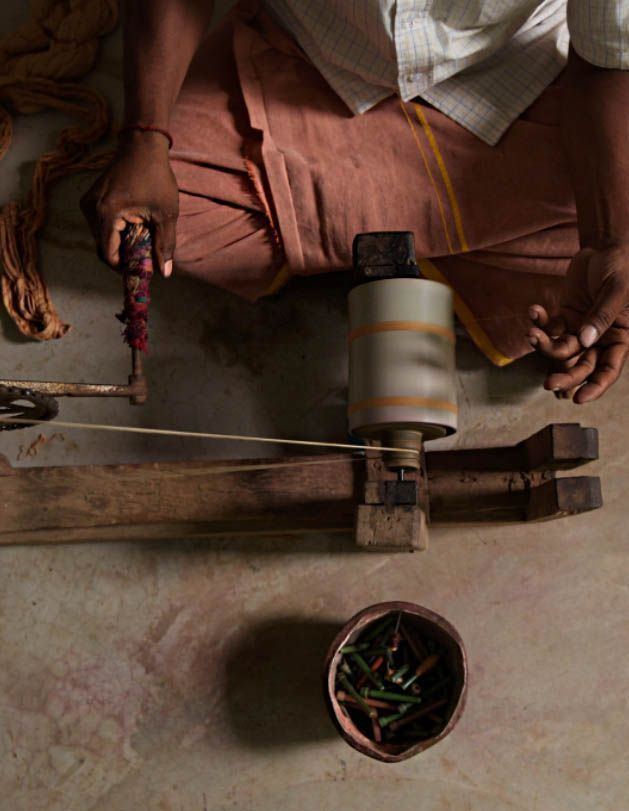
Indian Handloom In Contemporary World

India's rich tradition of Indian handloom weaving has been an integral part of its cultural heritage for centuries. The artistry and skill of Indian craftsmanship, passed down through generations, continue to thrive in the contemporary world, showcasing the timeless beauty of traditional crafts and the dedication of Indian artisans. Today, traditional handloom weaving not only preserves cultural heritage but also adapts to modern tastes, making it relevant and cherished globally.
History Of Indian Handloom
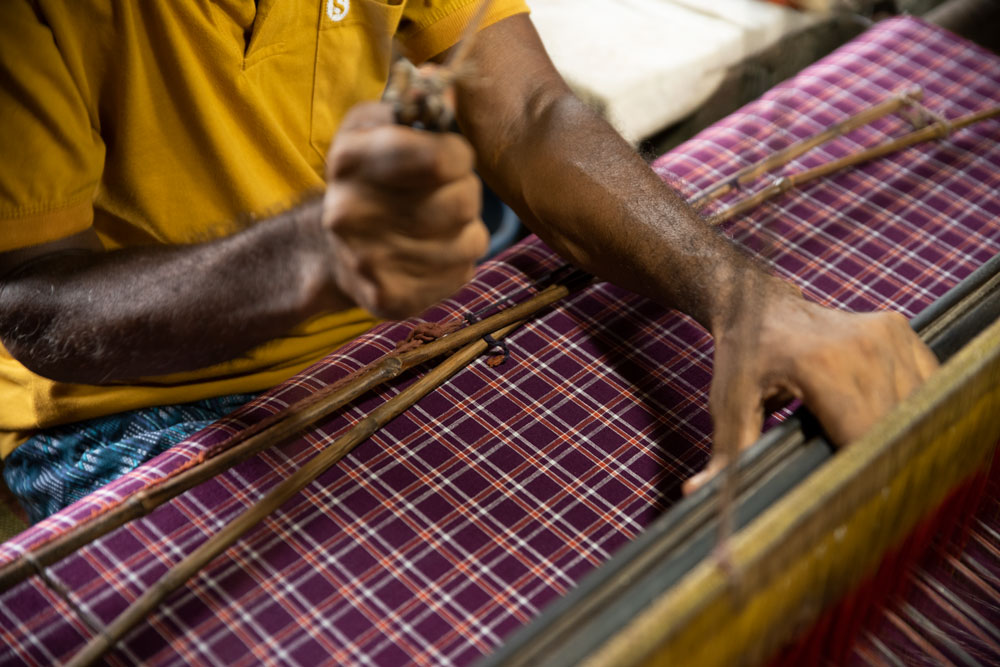
Indian handloom weaving finds its origins in the Indus Valley Civilization (circa 2500 BCE), where evidence of advanced weaving techniques has been discovered. Cotton and silk were among the early fibers used, showcasing the early mastery of textile production in the region.
During the Mughal era (1526-1857), Indian handloom weaving experienced a golden age. The Mughal emperors, known for their patronage of the arts, fostered an environment where textile craftsmanship thrived. Luxurious fabrics such as muslin, silk, and brocade adorned with intricate patterns and exquisite embroidery were produced in centers across India, including Varanasi, Dhaka, and Surat. Techniques like Jamdani weaving and the intricate designs of Banarasi silk became hallmarks of Indian textile artistry.
Decline In Handloom
The advent of the British East India Company in the 17th century marked a turning point for Indian handloom weaving. Initially recognizing the superior quality of Indian textiles, British policies later favored the import of cheap, machine-made textiles from Britain. High tariffs were imposed on Indian goods, while raw materials like cotton were exported to Britain for industrial production. This economic imbalance devastated local weavers, leading to widespread poverty and the decline of traditional skills.
The influx of machine-made textiles undermined the centuries-old tradition of handloom weaving in India. This period saw a decline in the diversity and quality of Indian textiles, threatening to erase unique regional weaving traditions and cultural identities.
In the world of industrialisation, handloom industry is striving hard to retain it’s position. Very few people tries to preserve the same and spreads awareness about the decline of handloom industry in recent time. Anuprerna is one among those companies who promotes the value of handloom industry.
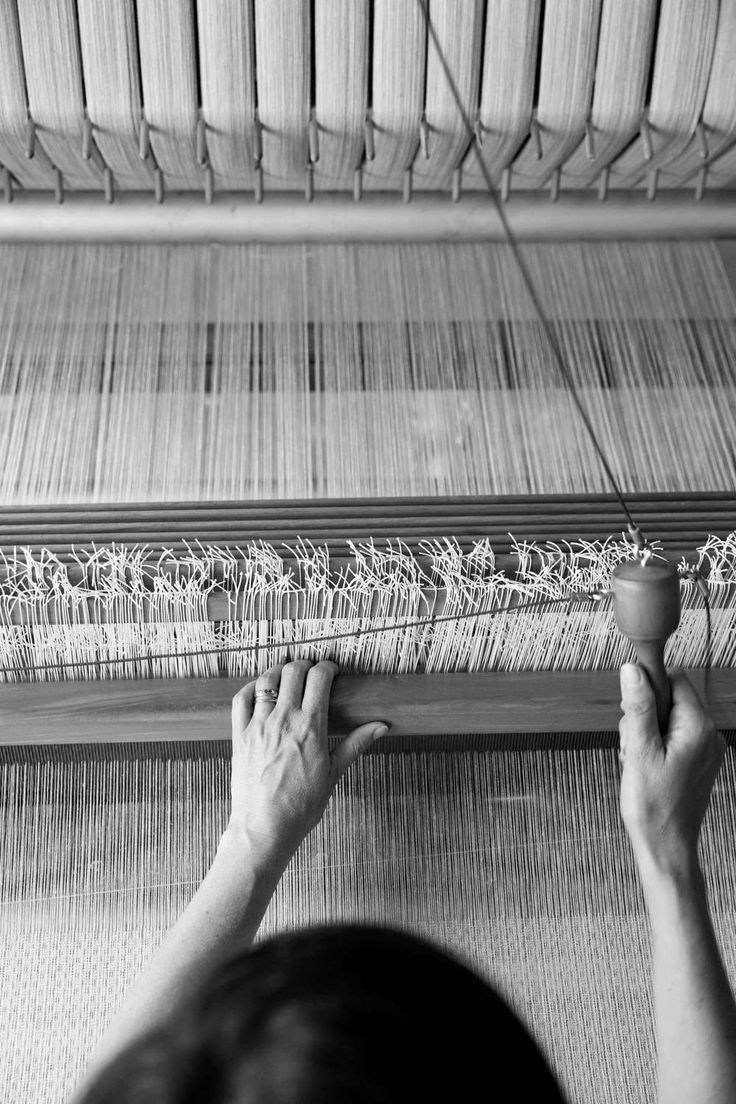
Traditional Handloom In The Modern Market
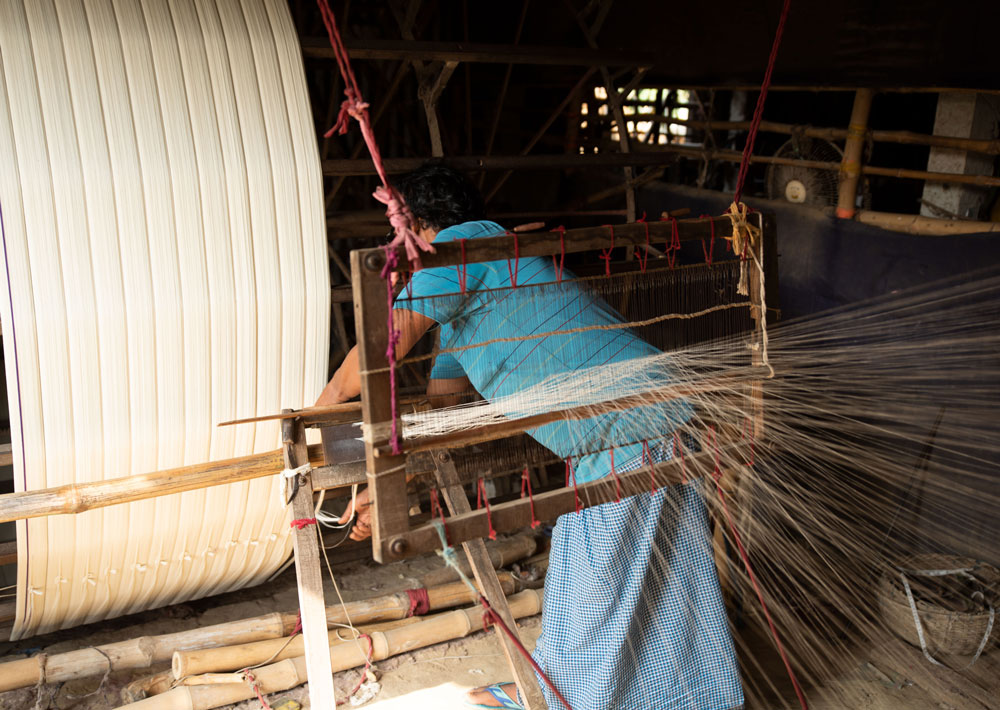
In the contemporary world, there is a growing appreciation for sustainable and ethically produced goods. Traditional handloom products align perfectly with these values, offering an alternative to mass-produced, environmentally damaging textiles. The uniqueness and authenticity of handloom fabrics make them highly sought after in the global market. Fashion designers and consumers alike are increasingly turning to handloom textiles for their timeless appeal and cultural significance.
Fusion Of Tradition and Modernity
The fusion of tradition and modernity in Indian handloom industry is a dynamic process. Contemporary designers like Sabyasachi Mukherjee and Anita Dongre use traditional Indian fabrics like Banarasi silk, Chanderi, and Kanjeevaram but craft them into modern, western-style gowns, dresses, and suits. This fusion is evident in the use of traditional motifs and patterns in modern silhouettes, the incorporation of handloom fabrics in contemporary clothing, and the creation of accessories and home decor items that reflect a blend of old and new.
Contemporary fashion trends: Merging the old with new
Contemporary fashion trends in Indian handloom emphasize a fusion of traditional craftsmanship with modern appeal. Designers integrate classic weaving techniques like Jamdani and Ikat into contemporary silhouettes, offering unique pieces that blend heritage motifs with innovative designs. Sustainability is a key focus, with handloom textiles using natural fibers and eco-friendly processes. Global recognition has propelled Indian handloom onto international runways and collaborations, showcasing its cultural richness and artisanal expertise. As consumers seek authenticity and ethical fashion choices, Indian handloom continues to evolve, bridging the gap between tradition and contemporary style with timeless elegance.
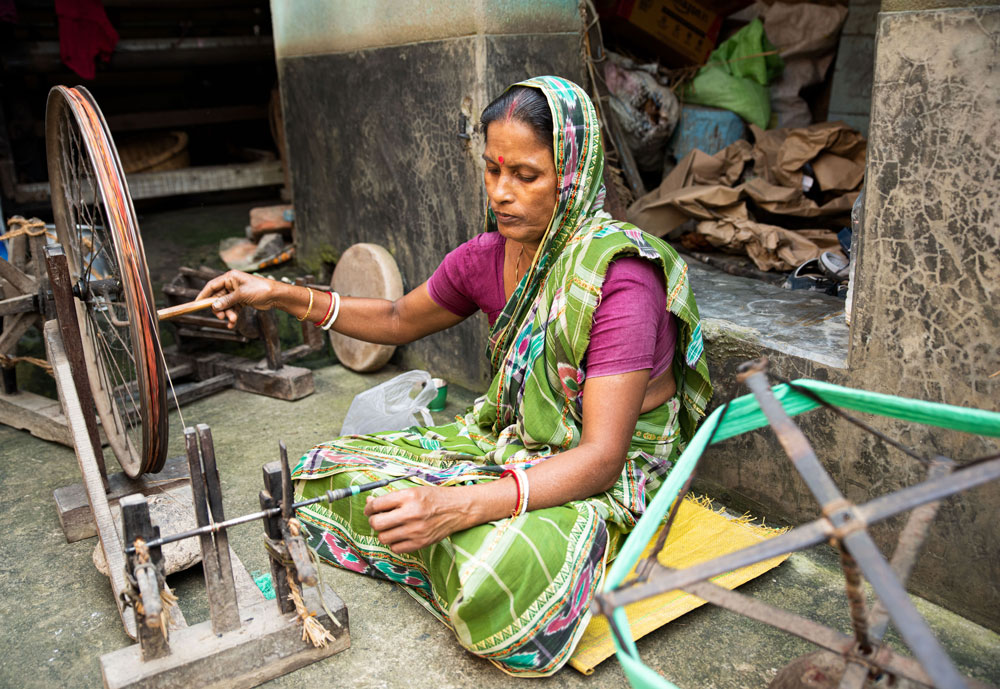
Preserving heritage, Embracing innovation
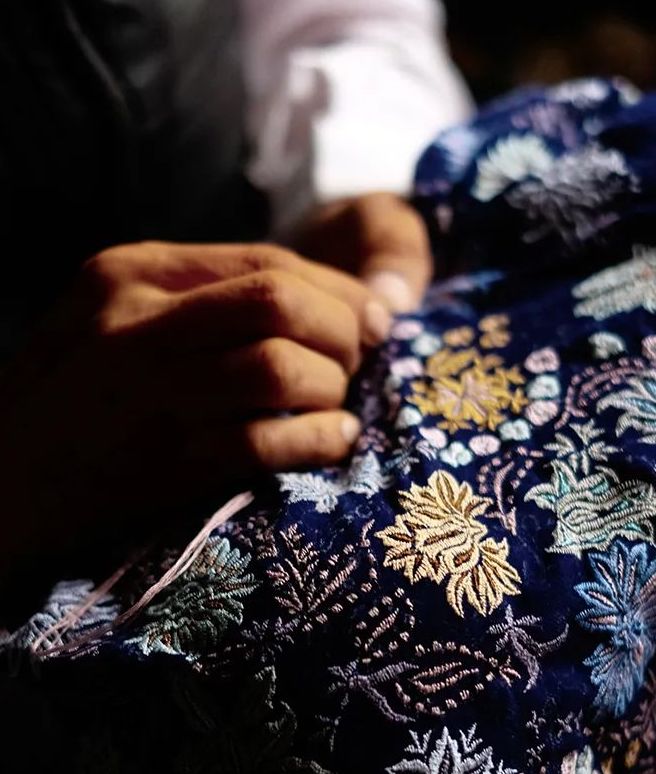
The future of Indian handloom lies in balancing the preservation of traditional crafts with the embrace of innovation. Artisans are experimenting with new designs, techniques, and sustainable practices, ensuring their craft remains relevant in the evolving fashion landscape. Digital platforms and social media provide new avenues for artisans to reach a global audience.
related questions
How did the weavers get affected by the decline of Indian textiles?
arrow_drop_downThe decline of Indian textiles devastated weavers, causing widespread unemployment, poverty, and loss of traditional skills. The influx of British industrial goods displaced local crafts, leading to economic hardship and the erosion of cultural heritage.
What did Indian weavers use to weave the cloth on?
arrow_drop_downIndian weavers traditionally used handlooms to weave cloth, including the pit loom, frame loom, and backstrap loom. These looms, operated manually, allowed for intricate designs and patterns, integral to creating distinctive Indian textiles like silk, cotton, and woolen fabrics.
How were the Indian weavers affected by the import of mill-made cloth?
arrow_drop_downIndian weavers were severely affected by the import of mill-made cloth, leading to a decline in their traditional handloom industry. They faced unemployment, economic hardship, and a significant reduction in demand for their handcrafted textiles.
Which handloom is famous in India?
arrow_drop_downIndia is renowned for its Banarasi, Kanchipuram, and Chanderi handlooms, each known for intricate weaves and rich traditions. Banarasi sarees feature opulent brocades, Kanchipuram sarees are celebrated for vibrant silks, and Chanderi fabrics are admired for lightweight elegance.
More Blogs
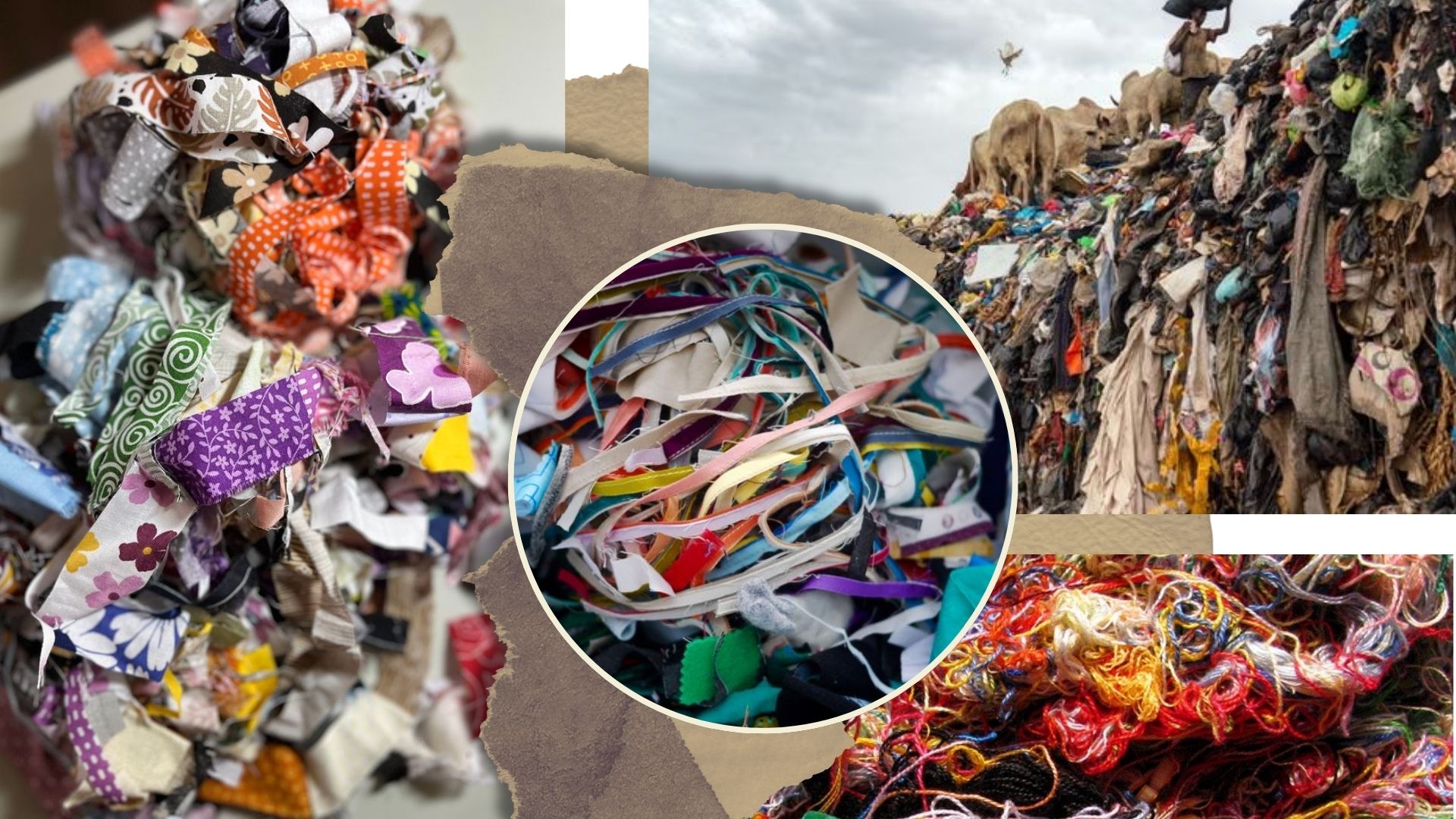
the scrap fabric solution, from clutter to creation

the art of sustainable recyclability
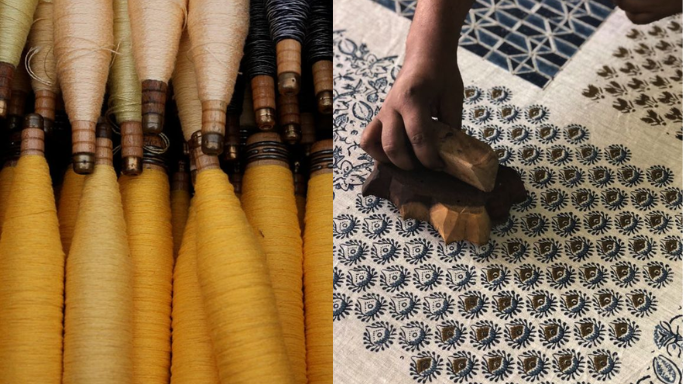
sustainability through handloom manufacturing
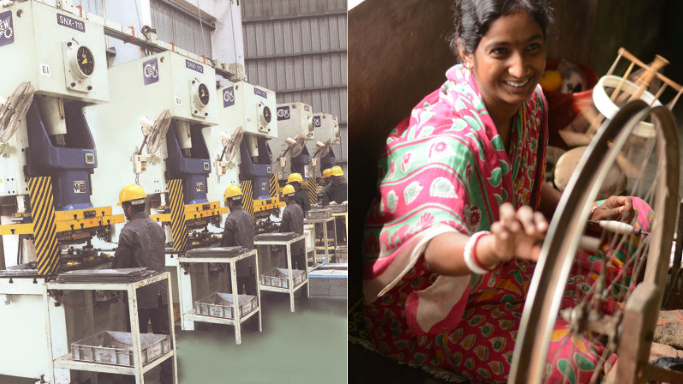
how to identify handloom fabrics in a powerloom world
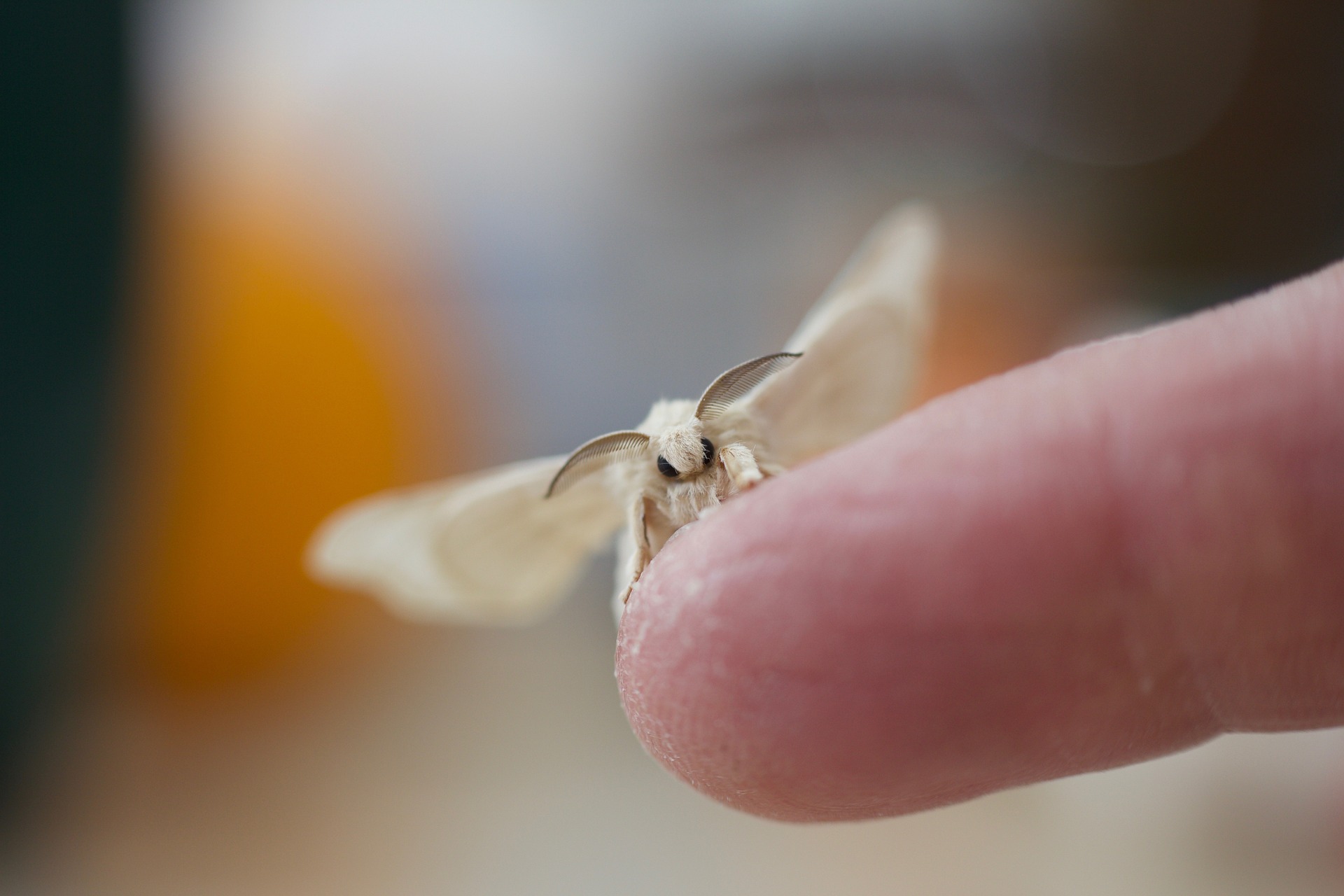
ketia silk - a peace lover
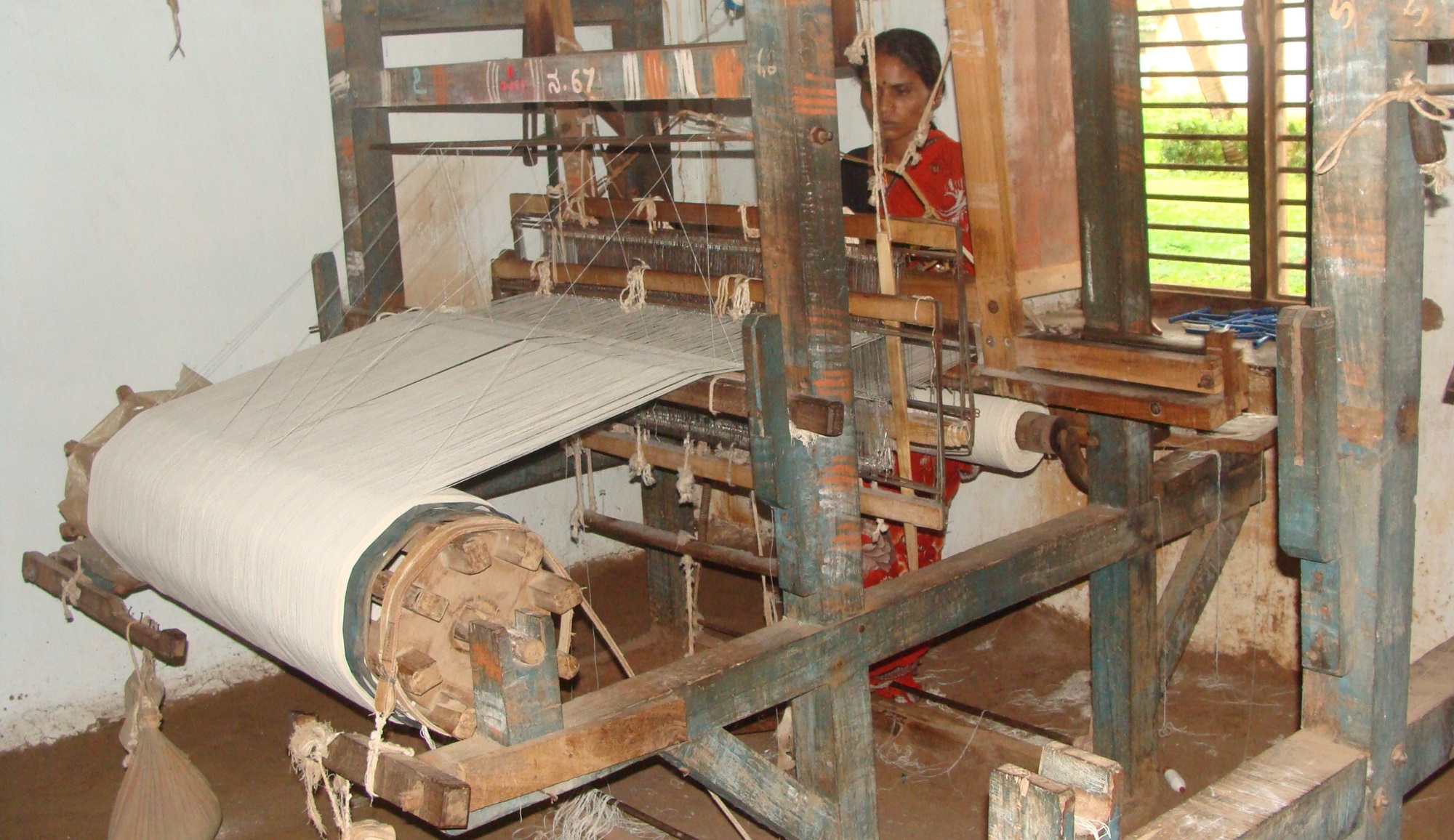
reviving handloom weaving of india's finest khadi






